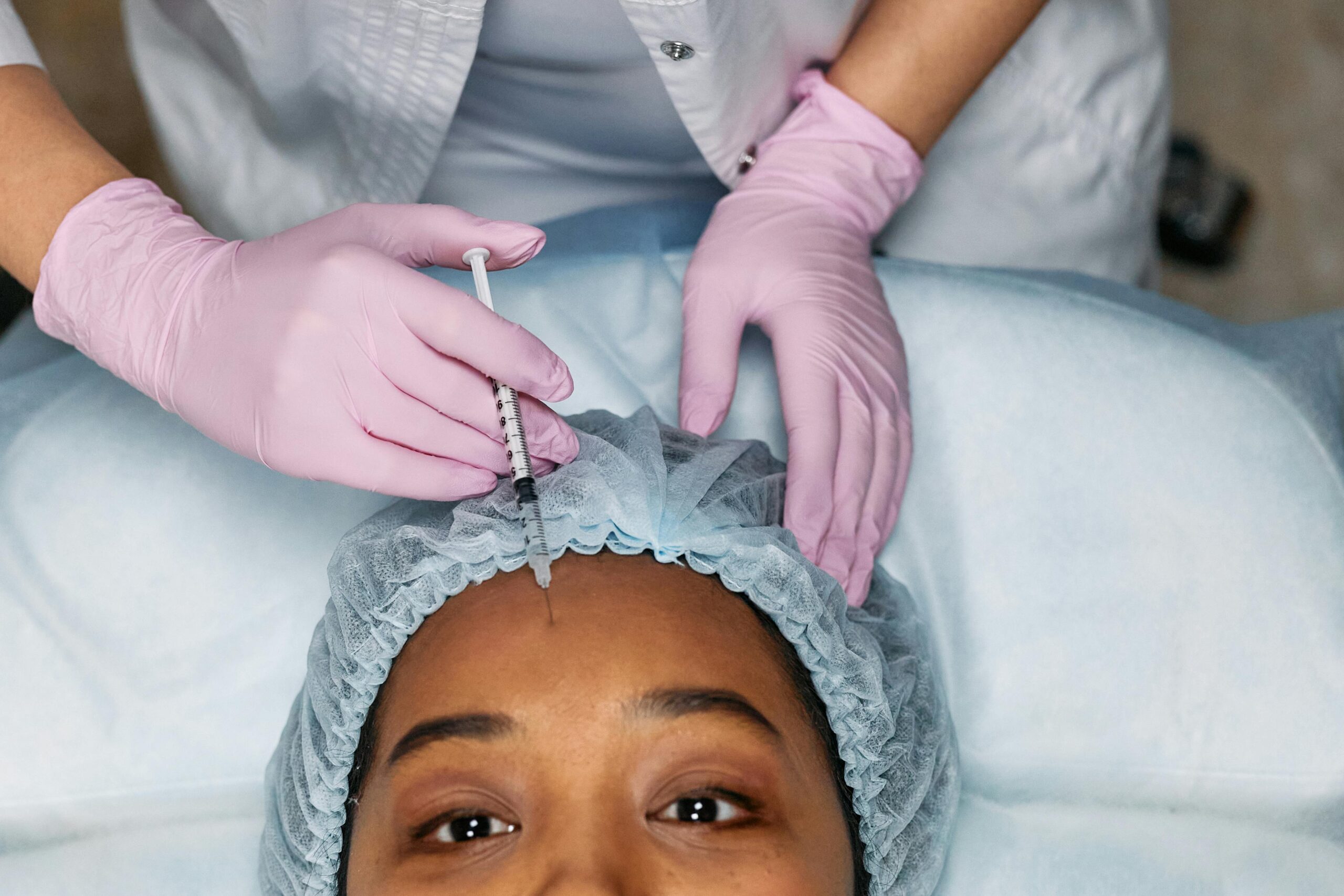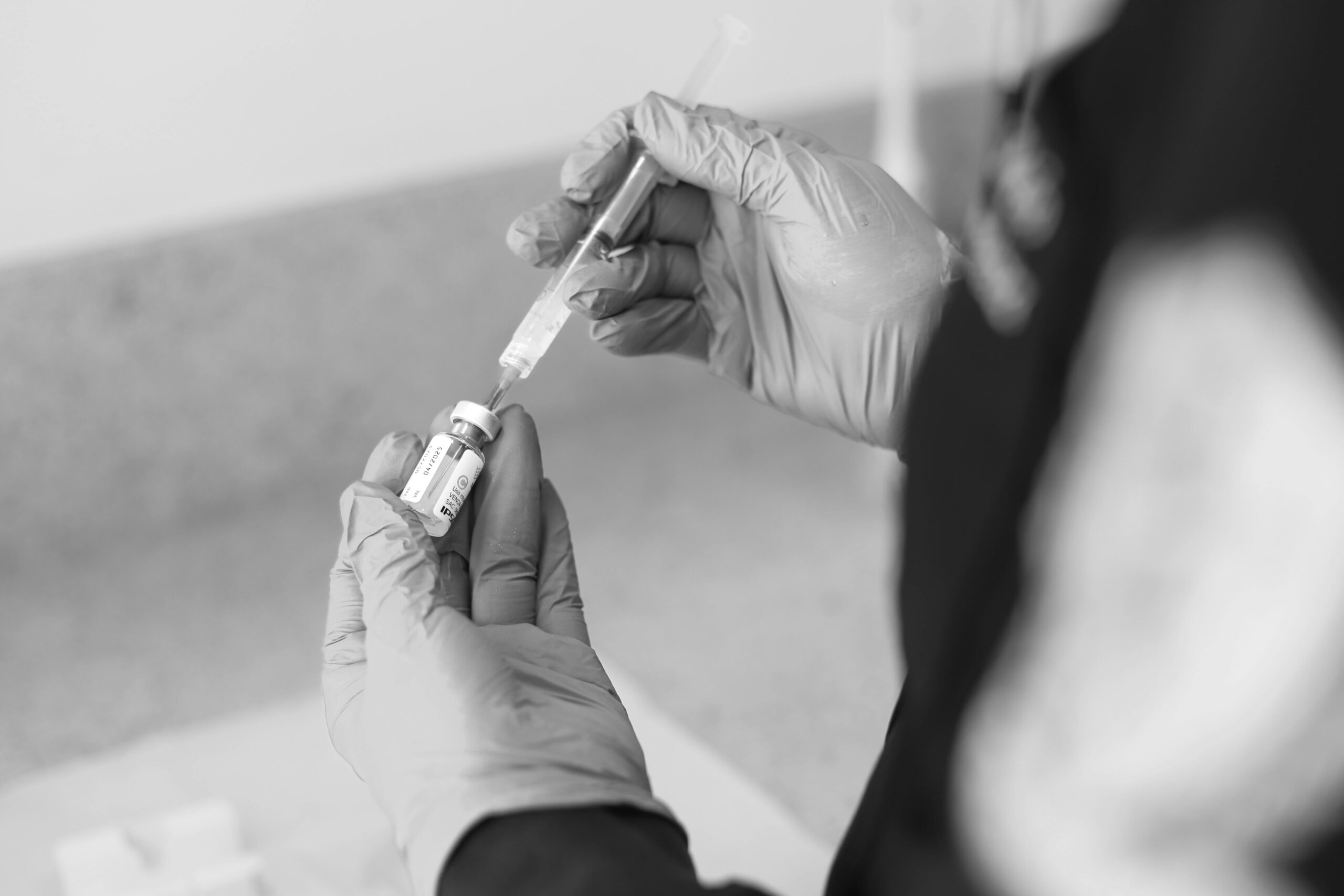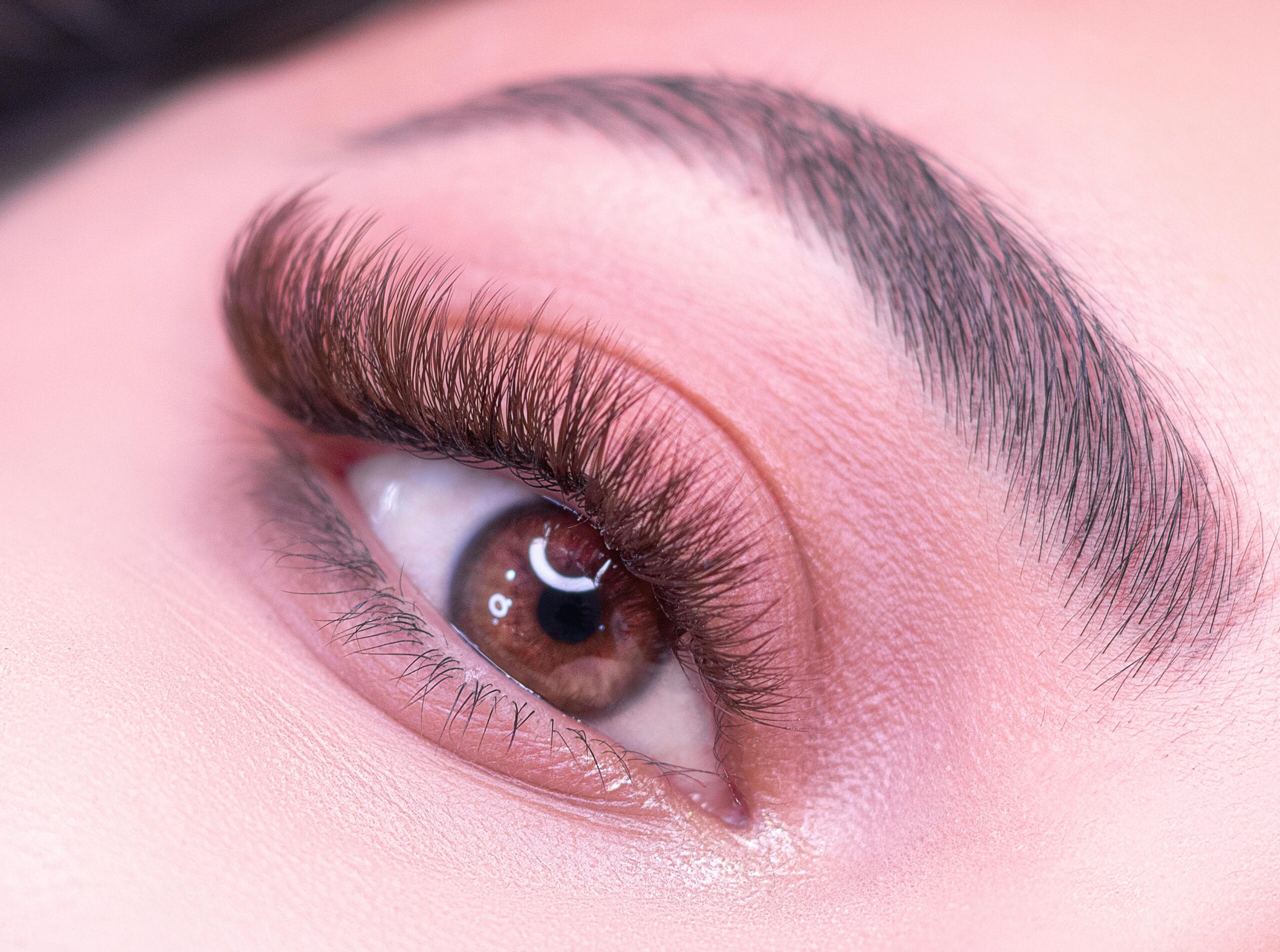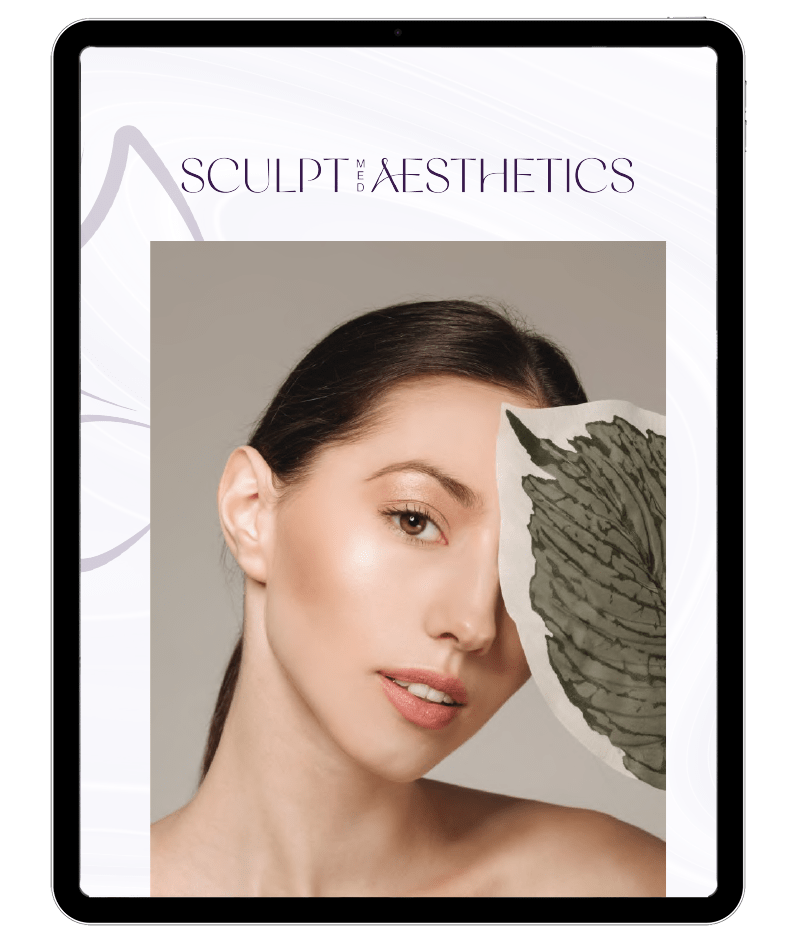Urinary incontinence is a troubling issue due to its profound impact on daily life and overall well-being. The condition can lead to embarrassment, social isolation and a decrease in self-esteem. There can also be physical discomfort and inconvenience like frequent bathroom trips, use of absorbent pads and constant vigilance to avoid accidents. Here at SculptMED Aesthetics wer are exploring this important topic, so you have a complete guide to managing urinary incontinence.
What Is It?
Urinary incontinence, the involuntary release of urine, manifests in several forms, like stress incontinence (leakage during physical activity) and urge incontinence (a sudden, intense need to urinate). This condition can arise from a variety of factors, including weakened pelvic muscles, nerve damage or underlying medical issues.
Effective management of urinary incontinence begins with understanding its root causes. Treatment strategies are tailored to the specific type and cause of incontinence and may involve lifestyle modifications, pelvic floor exercises, medications or even surgical interventions.
At SculptMED Aesthetics, we are dedicated to easing the symptoms with effective treatment options to help with managing urinary incontinence, so those who struggle with it can reclaim their lives. Recognizing the different types and underlying causes of incontinence is crucial for developing effective management and treatment plans.
Exploring Types of Urinary Incontinence & Causes
The first step in creating a comprehensive guide to managing urinary incontinence begins with identifying the various types and what the typical causes may be.
Stress Incontinence
This type occurs when physical movement or activity—like coughing, sneezing, laughing, or exercise—puts pressure (stress) on the bladder, causing urine to leak.
Causes
Weakening of the pelvic floor muscles and urinary sphincter due to childbirth, menopause, or aging.
Urge Incontinence
Characterized by a sudden, intense urge to urinate followed by involuntary urine leakage. Often associated with overactive bladder syndrome.
Causes
Can be caused by urinary tract infections, neurological disorders (like Parkinson’s disease or multiple sclerosis), or bladder irritants like caffeine and alcohol.
Overflow Incontinence
Occurs when the bladder doesn’t empty completely, leading to overflow and leakage. It often feels like a constant dribbling of urine.
Causes
Blockage of the bladder outlet (like from an enlarged prostate in men), weakened bladder muscles, or nerve damage (as seen in diabetes).
Functional Incontinence
Urine leakage occurs because a person cannot reach the bathroom in time due to physical or mental impairments.
Causes
Mobility issues, arthritis, cognitive impairments (like dementia), or severe depression.
Mixed Incontinence
A combination of two or more types of incontinence, usually stress and urge incontinence.
Causes
A combination of factors that contribute to both stress and urge incontinence.
Contributing Factors
In addition to the causes listed above, contributing factors can play a role in urinary incontinence too.
- Pelvic surgery or injury can damage the nerves controlling the bladder.
- Consuming bladder irritants like caffeine, alcohol, and spicy foods can worsen symptoms.
- Certain medications, including diuretics, sedatives, and muscle relaxants, can contribute to incontinence.
- Both excessive fluid intake and dehydration can affect bladder control.
- Reduced estrogen levels can lead to thinning and weakening of the tissues in the urethra, contributing to incontinence in women.
- Excess weight can put additional pressure on the bladder and surrounding muscles.
VTone Therapy
VTone is an FDA-cleared technology designed to provide gentle intravaginal electrical muscle stimulation (EMS) and neuromuscular re-education. This innovative treatment targets the strengthening of weakened pelvic floor muscles, offering effective management for stress, urge, and mixed urinary incontinence in women. As a non-invasive alternative to traditional methods like surgery or ablative laser procedures, VTone minimizes the risks and longer recovery times typically associated with these treatments.
One of the primary advantages of VTone is its minimal downtime. Patients can typically resume their daily activities shortly after the procedure, making it a convenient option for those with busy lifestyles. The treatment experience is generally comfortable, with most patients reporting minimal discomfort.
Additionally, VTone’s advanced technology stimulates collagen production in the skin, promoting natural skin renewal and long-term improvements in skin texture and elasticity. This dual benefit not only aids in incontinence management but also enhances overall vaginal health and appearance.
Additional Treatment Options For Managing It
For those seeking other treatment options beyond VTone, there are several alternatives available, each with its own benefits and considerations. Surgical interventions, Kegel exercises, and pelvic floor physical therapy are all valuable approaches for managing urinary incontinence.
Surgical Interventions
Surgical interventions are often considered when conservative treatments don’t provide sufficient relief. There are various surgical options available, depending on the type and severity of incontinence. These procedures aim to provide more permanent solutions by correcting anatomical issues or providing additional support to the bladder and urethra.
Kegel Exercises
Kegel exercises, also known as pelvic floor exercises, are a non-invasive treatment option for urinary incontinence. These exercises involve contracting and relaxing the muscles of the pelvic floor, which support the bladder and urethra. By strengthening these muscles, Kegel exercises can help improve bladder control and reduce urinary leakage.
Physical Therapy
Pelvic floor physical therapy is a specialized form of physical therapy that focuses on the muscles, ligaments, and connective tissues of the pelvic floor. This treatment may involve a combination of manual techniques, biofeedback and therapeutic exercises, including Kegels. This holistic approach not only strengthens the pelvic floor muscles but also addresses any contributing factors to urinary incontinence, like improper voiding habits or lifestyle choices.
FAQs
How Common Is Urinary Incontinence?
Urinary incontinence is a very common condition, affecting millions of people worldwide. It is estimated that about 25-45% of women and 5-15% of men experience some form of urinary incontinence at some point in their lives.
Can Urinary Incontinence Be Cured Completely?
While some cases of urinary incontinence can be cured, others can be significantly managed and improved with appropriate treatment. The success of the treatment depends on the type and severity of incontinence, as well as underlying causes.
What Are The Potential Risks of Surgical Interventions To Treat It?
Surgical interventions for urinary incontinence carry potential risks like infection, bleeding, and complications related to anesthesia. Additionally, there can be risks of urinary retention, bladder injury, and recurrence of incontinence symptoms.
Can VTone Therapy Help All Types Of Urinary Incontinence?
VTone therapy primarily focuses on strengthening the pelvic floor muscles, which can be beneficial for stress and urge incontinence. However, it may not be as effective for overflow or functional incontinence, where the underlying causes differ.
Why Choose SculptMED Aesthetics for Treatment
When it comes to choosing SculptMED for treating urinary incontinence, our skilled practitioners have undergone extensive training and stay updated on the latest techniques and advancements in the field. Whether you’re seeking to manage stress, urge or mixed urinary incontinence, our knowledgeable team will tailor a treatment based on your unique needs and health goals.
At SculptMED, we are committed to providing personalized care and utilizing the most effective forms of therapy like VTone to improve your overall quality of life. We invite you to schedule a consultation today!




